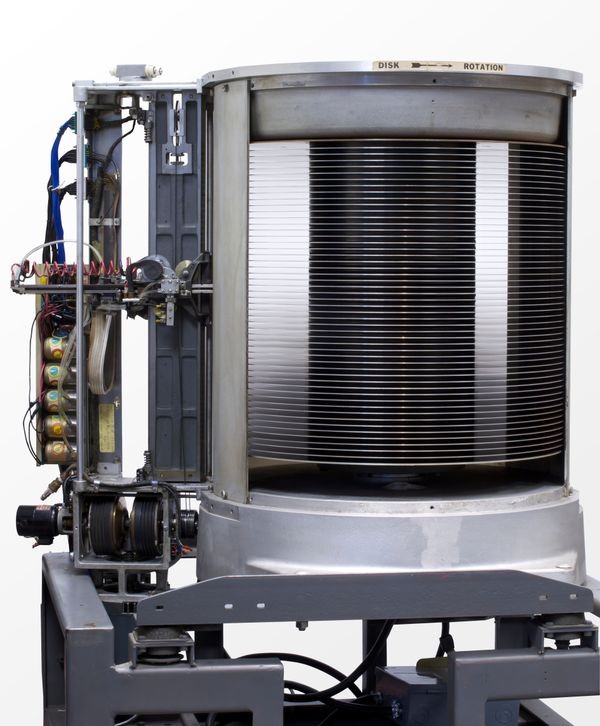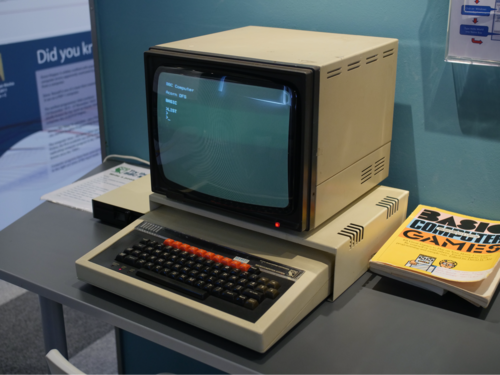The mercury delay line was a method for representing binary zeros and ones as pulses of acoustic energy that relied on sound waves flowing through a tube of mercury. At the very least, in principle, the pulses could travel through the delay line unbrokenly if they were to capture the sound waves at the other end of the line and then feed them back into the beginning. This meant that data bits were stored within the system so long as the power was maintained and there was no interference with the usual operation of the system. Around 500 bits of information might be stored in a single delay line at any given time. Although it was more dependable than radio valve logic, a drawback was that each delay line required 20 kilograms of mercury to operate. Be thankful that computers no longer use this technology; if they did, a modern laptop with even a relatively modest memory of 4 gigabytes would mostly weigh more than 1.3 million metric tonnes.










